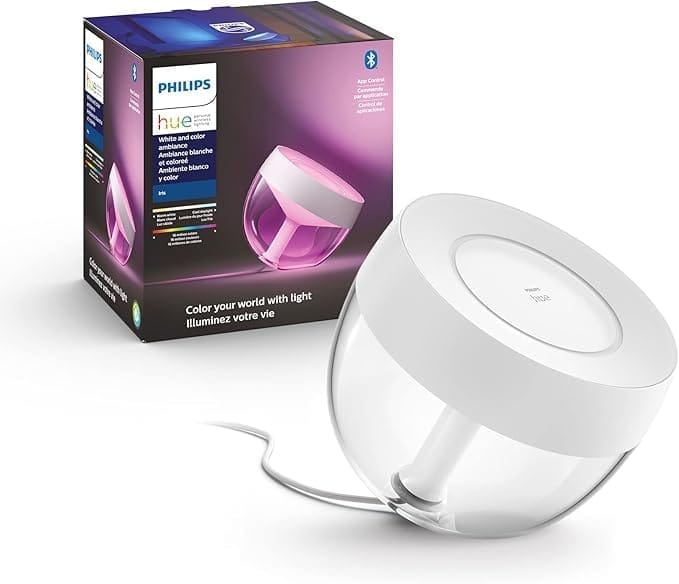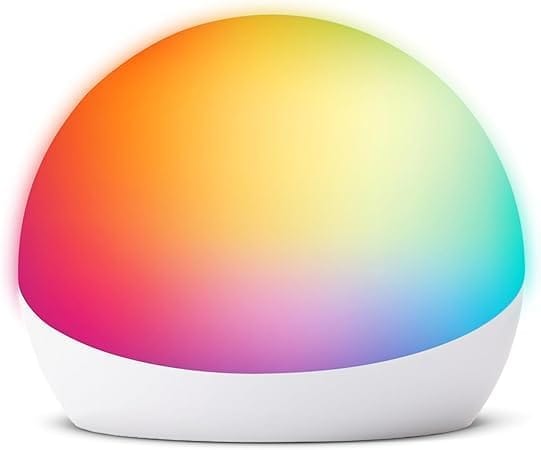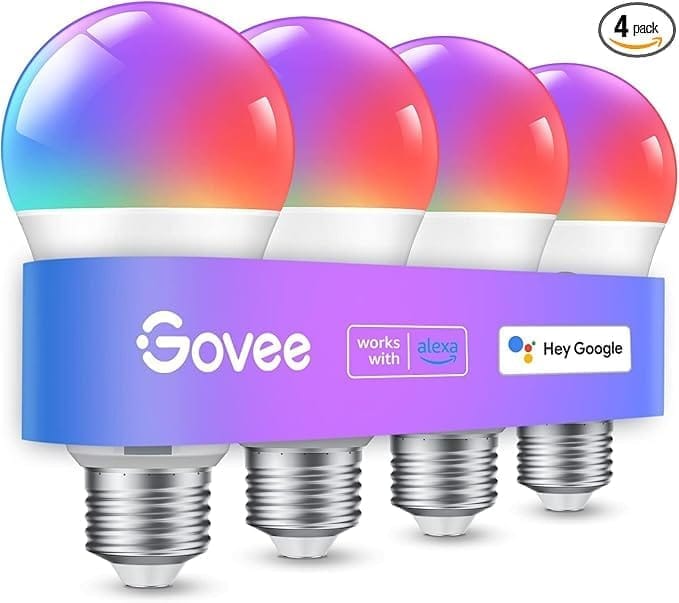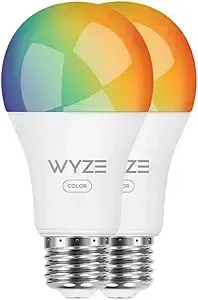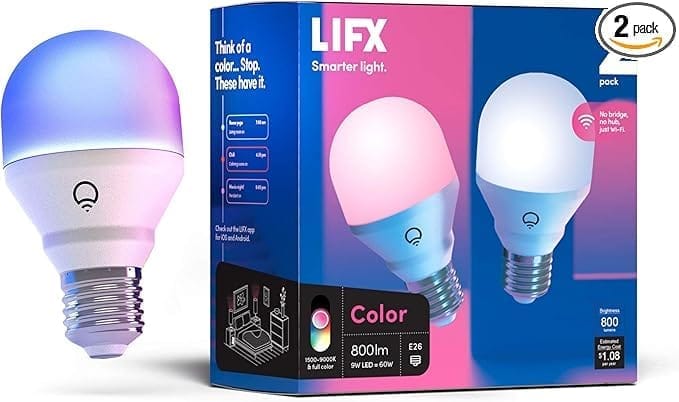
Top Voice-Controlled Smart Lights for Wheelchair Users
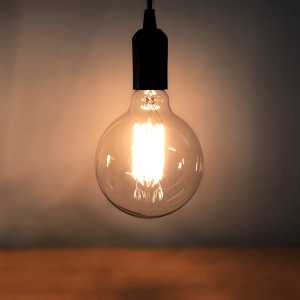
Play The "Smart Lights" Podcast
Lighting Shouldn’t Be a Workout
After I made ease a priority, I realized how frustrating light switches could be when they didn’t match how I navigate my space.
Rolling up to a switch meant lining up just right. Reaching it with my one strong side? That wasn’t always possible, especially when fatigue hit.
And if my path wasn’t lit up yet?
I’d sometimes bump a wall or run over a cord. All of that just to get some light.
That’s why voice-controlled smart lights have been one of my favorite upgrades. I’m not exaggerating when I say they’ve made my space feel easier, safer, and more in sync with how I move now. And you don’t need to be “techy” to use them—just your voice.
Why Smart Voice-Controlled Lighting Is a Game Changer
✅ No More Awkward Reaching
Wall switches aren’t made for wheelchair users.
They're placed too high, blocked by furniture, or awkward to reach with limited upper body mobility. Voice-activated lights solve that immediately. You say it, the light responds—no straining, no repositioning, no frustration.
✅ Safer Navigation, Especially at Night
Moving through a dim room is risky. You can’t always see rugs, table legs, or items on the floor.
I’ve had enough bumps to know: the ability to say "turn on the hallway light" before you even move is a real safety upgrade.
✅ Energy-Saving in More Ways Than One
Smart lights often use LEDs, which save electricity—but the real energy savings for me come from less physical strain.
I no longer waste time rolling back to shut off lights or adjusting switches with my weaker side.
✅ They Work With Your Routine
You can set smart bulbs on a schedule or connect them to a sensor or voice assistant. Mine turn on gradually in the morning to help me wake up gently, and shut off with one word at night—when I’ve already made myself comfortable in bed.
What to Look for When Choosing Accessible Smart Lighting
Not all smart lighting is created equal.
Here’s what makes a light truly accessible:
Full voice compatibility with Alexa, Google Assistant, or Siri
Fast response time with minimal lag
Custom brightness settings to reduce eye strain and adjust for different needs (especially helpful during migraines or sensory sensitivity)
Reliable app backup if voice control isn’t an option in the moment
Easy-to-label bulbs so you can say things like “Turn on the kitchen” or “Dim the bedroom to 30%”
No-hub setup (if possible) so you don’t need extra gear or complicated installs
💡 Accessibility Tip: Choose bulbs that let you create "scenes"—like a movie mode, nightlight, or all-lights-off command. One word replaces five switches.
Top Picks: Voice-Controlled Smart Lights That Actually Work
1. Philips Hue White & Color Ambiance Kit
My Experience:
I set up a “Wind Down” scene that dims the living room and shifts the bedroom to warm light. Once I say, “Goodnight,” my place shifts into calm mode without me moving an inch.
2. Amazon Echo Glow
My Experience:
I keep this on my nightstand. When I’m too tired to grab anything, “Alexa, turn off Echo Glow” is all I need.
3. Govee Smart LED Bulbs
My Experience:
I started with these in my apartment after my injury in 2020. They were easy to set up, paired quickly, and let me light every room without lifting a finger.
My Experience:
These light my entryway and hallway. I say “Turn on front,” and I’m good to roll through without dodging shadows or corners.
My Experience:
This is my pick for when I want mood lighting that still works for real-life needs. Bright when I need focus, soft when I need calm.
Want to Keep Your Fixtures? Try a Smart Switch Instead
Sometimes bulbs aren’t enough—especially if you love your current fixtures or need control over ceiling lights. Smart switches let you keep your hardware and still enjoy full voice control.
Try these:
Lutron Caséta Wireless Dimmer – works with most setups
Kasa Smart Dimmer Switch – affordable and reliable
GE Cync Smart Switch – no hub needed for Alexa/Google
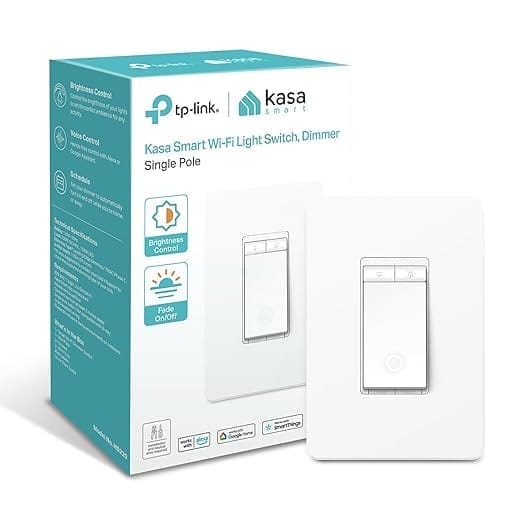
⚠️ Installation note: You might need help wiring the switch. Ask a trusted friend or pro if needed—once it’s in, it’s a one-time upgrade that gives daily control.
Real-Life Wins: How Smart Lights Changed My Routine
After I rebuilt my life one movement, one choice at a time, I realized how small frustrations added up. Turning on lights. Getting out of bed to flip a switch. Struggling to line up with a lamp cord.
Now? I wake up with lights that ease me into the day. I roll through my home without shadows. And I settle in at night without extra effort.
This isn’t about looking fancy—it’s about making your home work the way your body works.
Control Your Space with Just Your Voice
Choosing the best voice-controlled smart lights for wheelchair users means choosing options that make your home easier to live in, safer to move through, and more responsive to your rhythm.
The right lighting system should:
Remove the guesswork
Simplify your routine
Put your needs first
Because independence doesn’t come from doing everything the hard way—it comes from doing things your way.
I Made A Little Something For You...
Top Voice-Controlled Smart Lights for Wheelchair Users

© HomeFlexion.com
